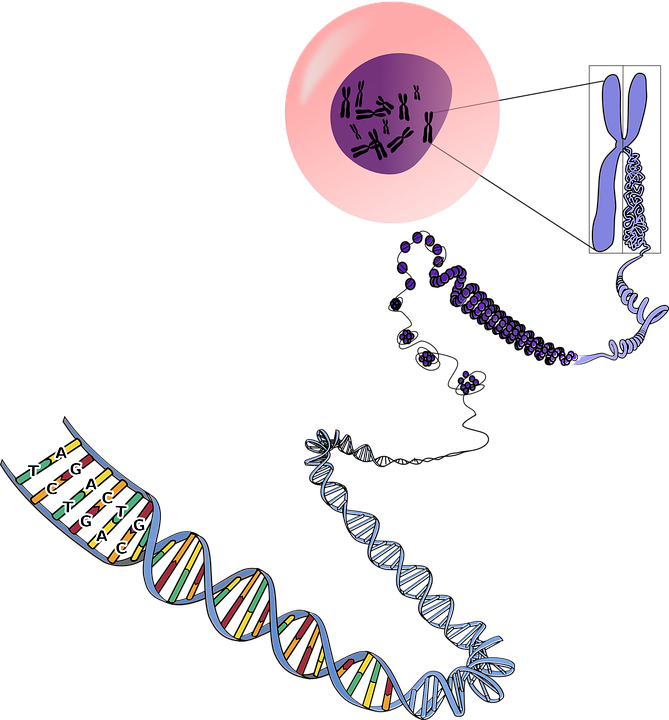How Editing RNA—Not DNA—Could Cure Disease in the Future
By Kristen V. Brown,
Gizmodo
| 03. 15. 2018
DNA is the code of life, and so advances that allow us to edit that code have unlocked vast potential, from simply editing away the buggy code of disease, to engineering animals that don’t spread illness, to, maybe one day in a distant future, creating so-called designer babies. But editing another essential molecular component of our biology—RNA, the messenger used by cells to turns DNA instructions into proteins—also holds great promise.
A slew of recent high-profile discoveries have focused on pairing the buzzy genetic engineering tool, CRISPR, with RNA editing. RNA is a sort of middleman that turns genetic instructions from DNA into proteins. Editing RNA could allow scientists to tweak how genes are expressed without making permanent changes to the genome itself—thus avoiding one of the scarier aspects of genetic engineering, because you’d be interfering with DNA’s instructions rather than editing DNA itself. RNA is ephemeral, which means changes to it could be reversed. And in some diseases, like a form of muscular dystrophy called myotonic dystrophy, mutant RNA is actually the root of the problem.
In October...
Related Articles
Following a long-standing CGS tradition, we present a selection of our favorite Biopolitical Times posts of the past year.
In 2025, we published up to four posts every month, written by 12 authors (staff, consultants and allies), some in collaboration and one simply credited to CGS.
These titles are presented in chronological order, except for three In Memoriam notices, which follow. Many more posts that are worth your time can be found in the archive. Scroll down and “VIEW...
By Jonathan Matthews, GMWatch | 12.11.2025
In our first article in this series, we investigated the dark PR tactics that have accompanied Colossal Bioscience’s de-extinction disinformation campaign, in which transgenic cloned grey wolves have been showcased to the world as resurrected dire wolves – a...
By Jenny Lange, BioNews | 12.01.2025
A UK toddler with a rare genetic condition was the first person to receive a new gene therapy that appears to halt disease progression.
Oliver, now three years old, has Hunter syndrome, an inherited genetic disorder that leads to physical...
By Simar Bajaj, The New York Times | 11.27.2025
A common cold was enough to kill Cora Oakley.
Born in Morristown, N.J., with virtually no immune system, Cora was diagnosed with severe combined immunodeficiency, a rare genetic condition that leaves the body without key white blood cells.
It’s better...




